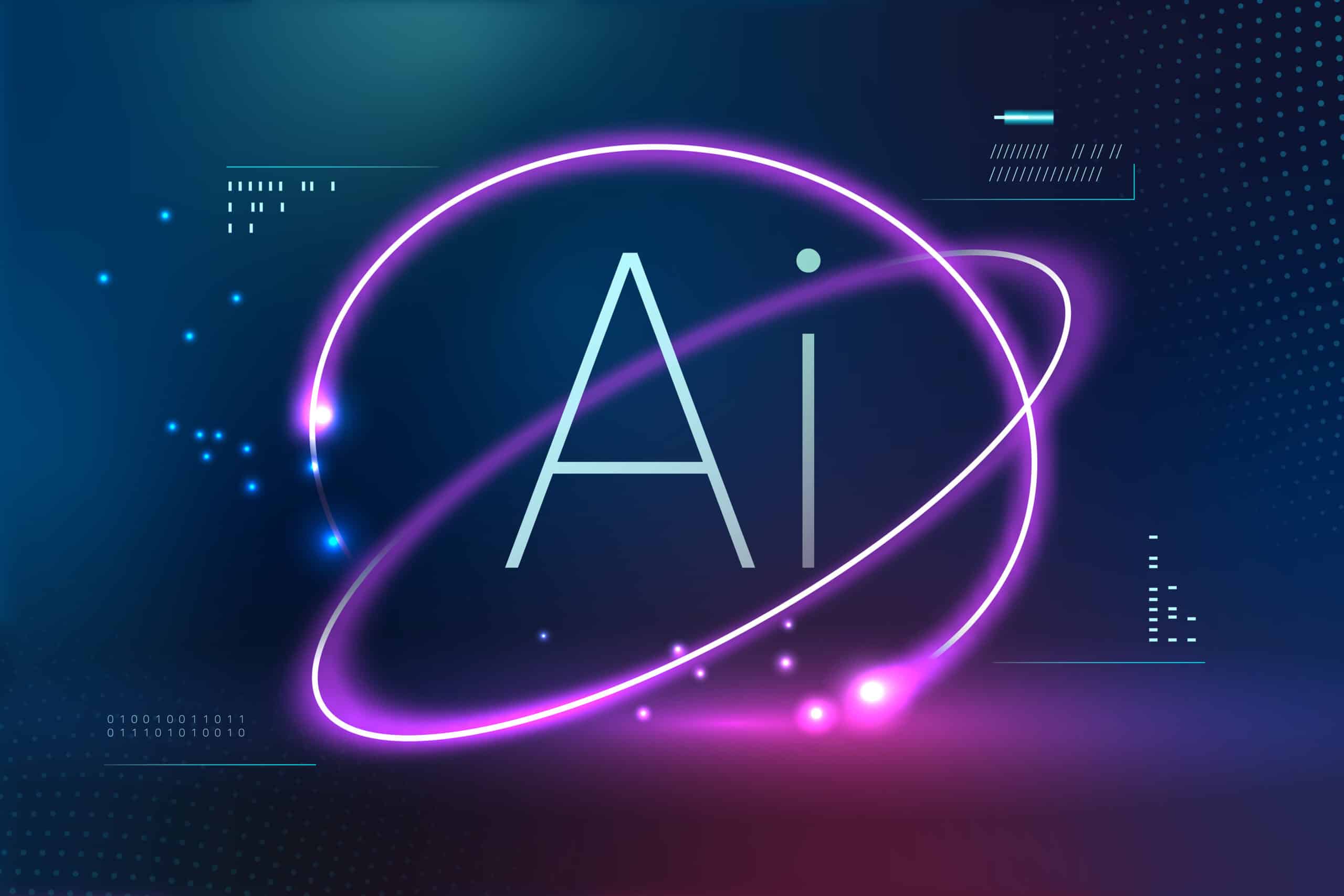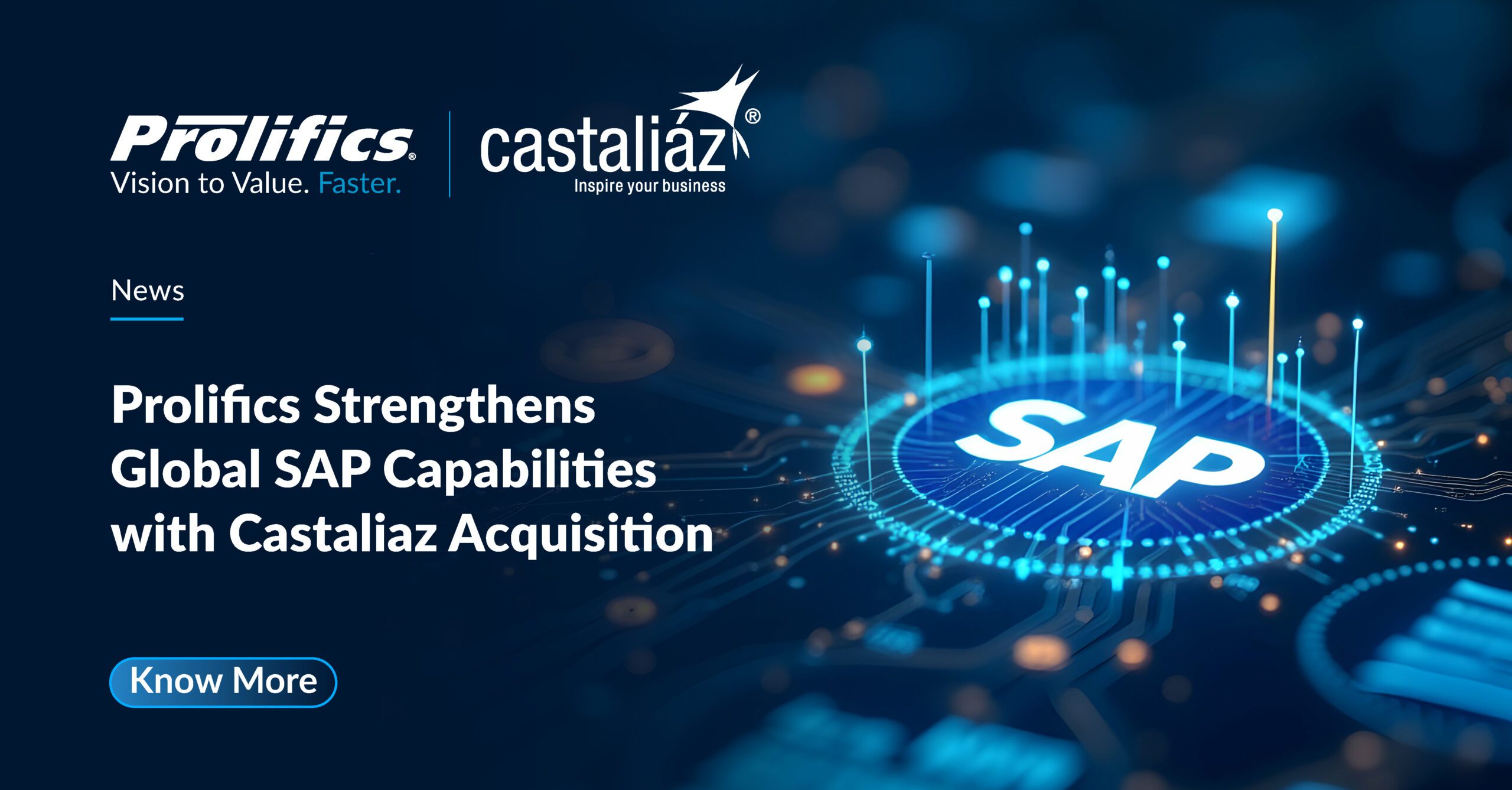Turning Innovation into Impact
At Prolifics Group UK, our passion is leveraging AI and automation to transform businesses and enhance customer experiences. With over 40 years of experience, we deliver intelligent, future-ready solutions. This is part of our ongoing AI business transformation strategy. From enhancing patient care with data-driven platforms – built on healthcare data platforms – to streamlining financial operations. This includes automation for financial services, and personalising retail experiences – especially through retail AI personalisation – we deliver measurable impact every day.

Our Clients
For over 47 years, Prolifics has crafted transformative solutions that drive real business value.
Gen AI for Business
Prolifics leverages generative AI for business to transform operations with hyper-personalised experiences, resource optimisation, and precise market predictions. As a leading IBM integration partner, our custom AI models integrate seamlessly into your systems. We automate complex decisions and extract deep insights from data. Working with cloud integration services accelerates outcomes. We ensure your digital transformation is both efficient and ethical, safeguarding data privacy and security.
Our Proprietary Solutions
Some of the powerful tools uniquely built by Prolifics to help you achieve faster innovation, greater efficiency, and smarter business outcomes. Whether it’s accelerating software releases, simplifying data management, rapidly developing AI-driven applications, or improving data clarity, our solutions deliver clear value, tangible results, and help your organisation stay confidently ahead. As digital transformation partners, we also offer proven intelligent automation solutions across industries.
As trusted digital transformation partners, we go beyond standard solutions to deliver intelligent automation solutions that are purpose-built for enterprise growth. Whether you’re embarking on a full-scale AI business transformation or need to streamline critical processes across departments, our proprietary tools are designed to help you scale with confidence.
Quality Fusion
Speed up your software delivery and improve reliability with smart, AI-powered software testing – reducing risk, cost, and manual effort. It’s ideal for enterprises seeking scalable automation for financial services and beyond.
ADAM Database Migration
Migrate your critical databases effortlessly and confidently, minimising disruption and ensuring smooth, risk-free business operations. As database migration experts, we ensure your data moves securely while aligning with your compliance and governance needs.
AI App Foundry
Quickly create intelligent apps using your own data, enabling faster, better-informed decisions and keeping you ahead of competition. These innovations support AI business transformation and give your teams tools that adapt to modern needs.
Prolifics Lineage Connector
Gain a clear, comprehensive view of your data, enhancing governance and trust so you can make smarter, compliant business decisions. Ideal for organisations prioritising data governance consulting and visibility across complex cloud integration services.
Driving Measurable Business Success
Our global team of 2000+ experts, spread across 10 strategic locations, ensures world-class solutions are always within reach. Trusted by over 150 Fortune 1000 companies, we deliver reliability and excellence through our managed IT services and enterprise-wide intelligent automation solutions. From cloud integration services to scalable platforms that support AI business transformation, we help businesses innovate with confidence.
Client Testimonials
Prolifics
Where Innovation Meets Expertise
Our Key Partnerships
We collaborate with the world’s leading technology providers, combining our consulting, engineering, and service expertise to deliver innovative solutions. Our enterprise integration services ensure seamless digital connections. Our partnerships empower businesses to evolve, scale, and stay ahead in today’s dynamic digital landscape.











